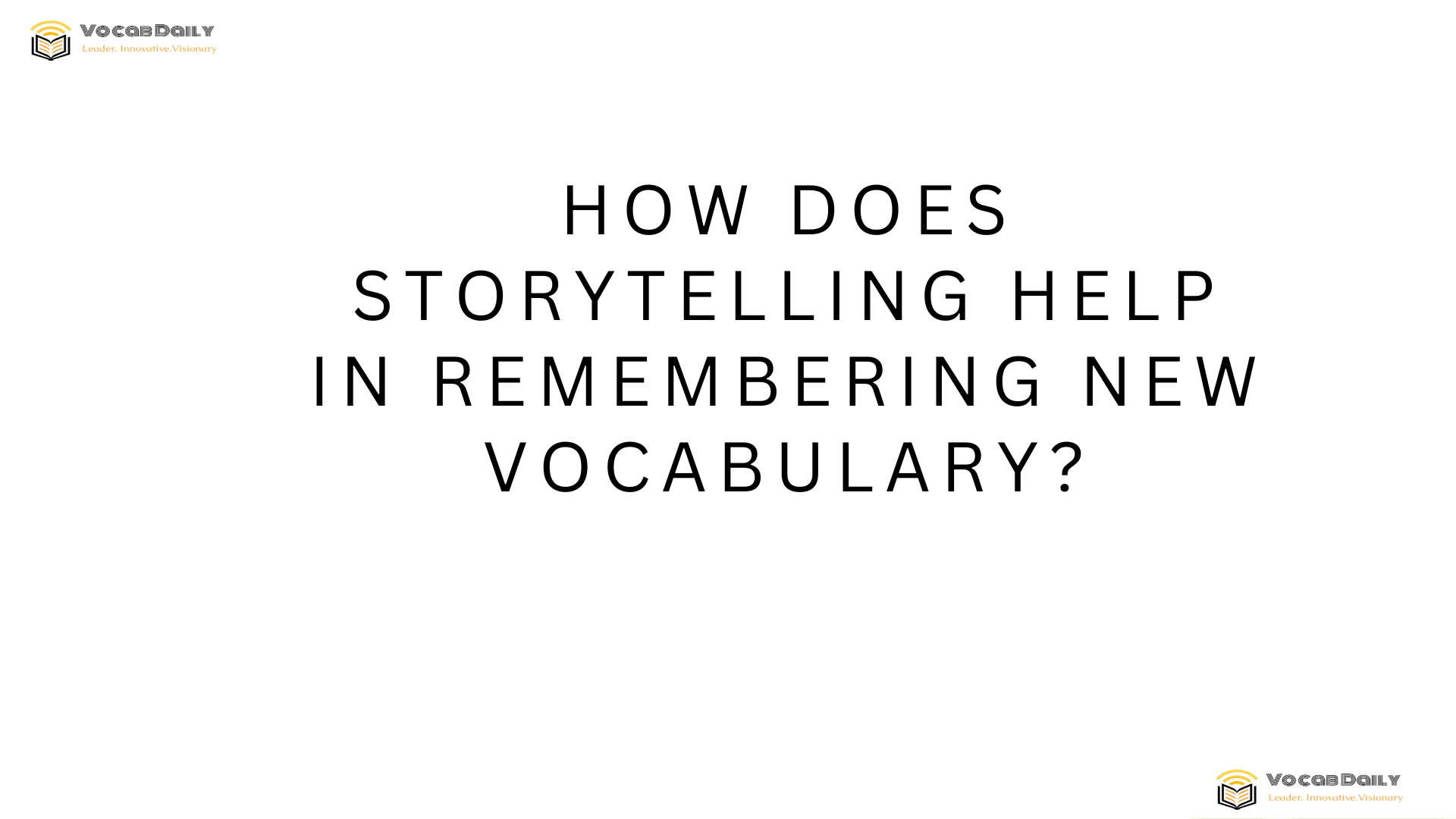How does storytelling help in remembering new vocabulary
The Power of Narrative in Vocabulary Learning
Storytelling is an age-old method of communication that transcends cultures and generations. When it comes to learning new vocabulary, storytelling provides a unique context that makes words more memorable. Unlike rote memorization, which often leads to quick forgetting, embedding new vocabulary into a narrative creates meaningful associations. These associations activate multiple areas of the brain, enhancing memory retention and recall.
By placing words in a story, learners engage emotionally and cognitively, making each word part of a larger, coherent picture. This approach helps learners understand not just the meaning of the word, but also how it functions in sentences, which is vital for using vocabulary effectively.
Contextual Learning Through Stories
One of the biggest challenges in memorizing vocabulary is the lack of context. Words learned in isolation can be difficult to recall or apply in real conversation or writing. Storytelling provides a natural and meaningful context for new words. When a word appears in a story, it is connected to characters, actions, settings, and events. This context helps clarify the meaning and nuances of vocabulary.
For example, encountering the word “diligent” in a story about a hardworking student makes the concept clearer than simply memorizing its definition. The student’s behaviors and challenges in the story show what “diligent” really means through actions and consequences.
Emotional Engagement Enhances Memory
Emotions play a critical role in memory formation. Stories often evoke feelings such as joy, surprise, sadness, or suspense, which help anchor vocabulary words to specific emotional experiences. When learners feel emotionally connected to a story, their brains are more likely to encode and retain the words they encounter.
This is because emotional arousal triggers the release of neurotransmitters that strengthen synaptic connections in the brain, making memories more vivid and durable. Vocabulary learned through emotionally rich stories tends to be recalled more quickly and easily.
Improving Word Association and Imagery
Stories naturally encourage the formation of mental images. When words are tied to vivid scenes or characters, learners can create stronger mental pictures. These images serve as memory aids that facilitate vocabulary retrieval.
For example, the word “gloomy” might be connected to an image of a dark, rainy day in a story. This mental image makes the word more concrete and accessible. Storytelling encourages learners to imagine experiences related to words, which is a powerful mnemonic technique.
Enhancing Vocabulary through Repetition in Stories
Repetition is a well-known technique in memory retention. Stories, especially those told or read multiple times, reinforce the repetition of vocabulary naturally. When a word appears several times within a story, learners have multiple opportunities to see it used in varying contexts.
This repeated exposure helps solidify the word’s meaning and usage. Unlike flashcards, which can feel monotonous, encountering vocabulary in different parts of a story maintains learner interest while reinforcing learning.
Active Participation in Storytelling
Engaging learners actively in storytelling—whether by creating their own stories or participating in storytelling activities—can significantly boost vocabulary retention. When learners formulate sentences using new words or invent narratives around them, they process vocabulary more deeply.
This generative approach encourages learners to apply vocabulary creatively, helping to transfer words from passive recognition into active use. Constructing stories also improves learners’ confidence and motivation, reinforcing a positive learning cycle.
Cultural Insight Through Storytelling
Language is closely tied to culture. Stories often reflect cultural values, traditions, and social interactions, exposing learners to vocabulary within its cultural framework. This enriches vocabulary learning by providing a broader understanding of word usage beyond dictionary definitions.
Understanding cultural context can prevent misuse or awkward constructions, especially with idiomatic expressions or slang. Storytelling thus promotes pragmatic competence in language learning by bridging linguistic and cultural awareness.
Using Digital Storytelling Tools for Vocabulary Learning
Modern technology offers numerous digital tools that integrate storytelling with vocabulary learning. Apps and platforms allow learners to create digital stories incorporating new vocabulary, combining images, audio, and text for a multisensory experience.
Such tools cater to different learning styles and add interactivity, increasing learner engagement. Digital storytelling also enables easy sharing and collaboration, which can provide meaningful feedback and foster a community of vocabulary learners.
Practical Tips for Incorporating Storytelling in Vocabulary Study
To leverage storytelling effectively, learners should follow some practical guidelines:
- Start with simple stories that incorporate target vocabulary naturally.
- Create or find stories that reflect your interests to boost motivation.
- Use diverse story genres—mystery, adventure, personal anecdotes—to expose yourself to varied vocabulary.
- Retell or write stories using new vocabulary to reinforce active use.
- Record stories aloud to improve pronunciation and memory through auditory learning.
These strategies help create a rich, interactive environment where vocabulary learning becomes part of an enjoyable and meaningful experience.
Scientific Support: Neurocognitive Aspects of Storytelling and Vocabulary
Neuroscience research supports the idea that storytelling enhances vocabulary retention by engaging multiple brain regions simultaneously. The hippocampus, responsible for memory, works together with areas involved in language processing, emotion, and visual imagery when stories are heard or read.
This holistic brain activation makes memories formed through storytelling more integrated and easier to recall than isolated facts. Additionally, the coherent structure of stories aligns with the brain’s natural tendency to organize information in meaningful patterns, which aids memory encoding and retrieval.
Also check out VocabDaily workbook collections.

Leave a Reply